Increased Focus on Sustainability
Sustainability is becoming a central theme in the Cordless Garden Equipment Market, as consumers and manufacturers alike prioritize eco-friendly practices. The shift towards battery-operated tools is largely driven by the desire to reduce carbon footprints and minimize environmental impact. Many manufacturers are now adopting sustainable materials in their product designs and packaging, which resonates with environmentally conscious consumers. As of 2025, the market for sustainable gardening tools is expected to grow significantly, with a projected increase of 10% in sales of eco-friendly cordless equipment. This trend is not only beneficial for the environment but also enhances brand loyalty among consumers who value sustainability. The emphasis on reducing noise pollution and eliminating harmful emissions further supports the growth of the cordless segment, indicating a promising future for eco-friendly gardening solutions.
Expansion of Retail and E-commerce Channels
The expansion of retail and e-commerce channels is playing a pivotal role in the growth of the Cordless Garden Equipment Market. With the rise of online shopping, consumers now have greater access to a variety of cordless gardening tools, often at competitive prices. E-commerce platforms are increasingly offering detailed product descriptions, customer reviews, and comparison tools, which aid consumers in making informed purchasing decisions. As of 2025, online sales of cordless garden equipment are projected to account for nearly 40% of total sales, reflecting a significant shift in consumer buying behavior. This trend is further supported by the convenience of home delivery and the ability to easily return products, making it more appealing for consumers to choose cordless options. Retailers are also enhancing their in-store experiences, providing demonstrations and expert advice, which helps to drive sales.
Rising Interest in Home Gardening and Landscaping
The rising interest in home gardening and landscaping is significantly influencing the Cordless Garden Equipment Market. As more individuals seek to cultivate their own gardens, whether for aesthetic purposes or food production, the demand for efficient and user-friendly gardening tools is increasing. This trend is particularly evident among millennials and younger generations, who are more inclined to invest in their outdoor spaces. As of 2025, the market for cordless gardening tools is expected to grow by approximately 8% annually, driven by this burgeoning interest. The convenience of cordless equipment allows for greater flexibility and ease of use, making it an attractive option for novice gardeners. Additionally, the trend towards outdoor living spaces is encouraging consumers to enhance their gardens, further propelling the demand for innovative cordless solutions.
Growing Consumer Preference for Cordless Solutions
Consumer preferences are shifting towards cordless solutions in the Cordless Garden Equipment Market, primarily due to the convenience and ease of use they offer. Many consumers are now favoring battery-operated tools over traditional gas-powered equipment, which often requires more maintenance and emits harmful emissions. This shift is reflected in the increasing sales of cordless lawn mowers, trimmers, and blowers, which have seen a rise in market share. As of 2025, it is estimated that cordless equipment accounts for over 60% of the total garden equipment sales. This trend is likely to continue as consumers become more environmentally conscious and seek products that align with their values. The demand for lightweight and portable tools is also contributing to this preference, making cordless options more appealing to a broader audience.
Technological Innovations in Cordless Garden Equipment
The Cordless Garden Equipment Market is experiencing a surge in technological innovations, particularly in battery technology and motor efficiency. Enhanced lithium-ion batteries are now providing longer run times and quicker charging capabilities, which are crucial for consumer satisfaction. As of 2025, the market is projected to grow at a compound annual growth rate of approximately 7.5%, driven by these advancements. Manufacturers are increasingly focusing on developing lightweight and ergonomic designs, making tools easier to handle and operate. This trend not only appeals to professional landscapers but also to homeowners seeking efficient gardening solutions. The integration of smart technology, such as Bluetooth connectivity for monitoring battery life and performance, further enhances user experience, indicating a shift towards more sophisticated gardening tools.


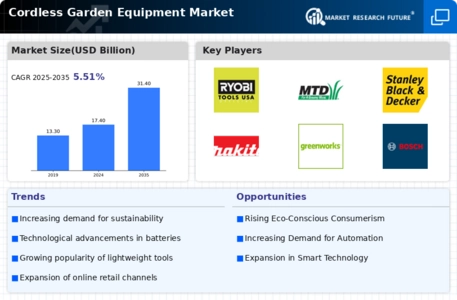
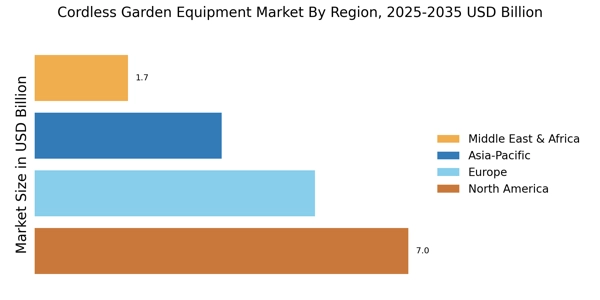
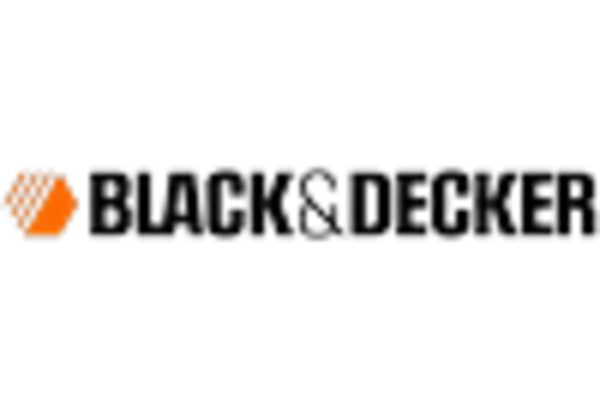
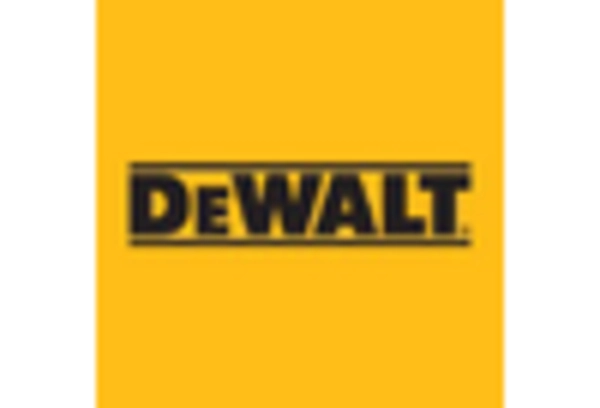



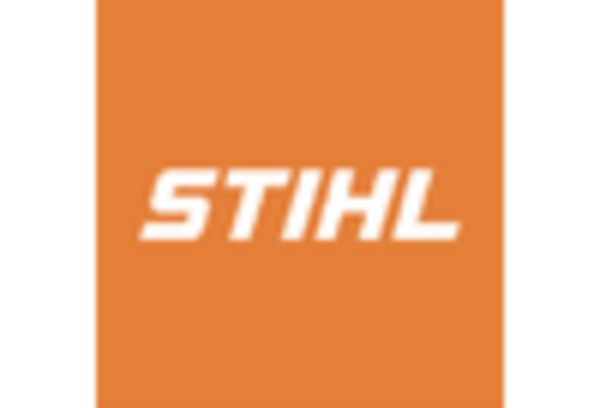








Leave a Comment